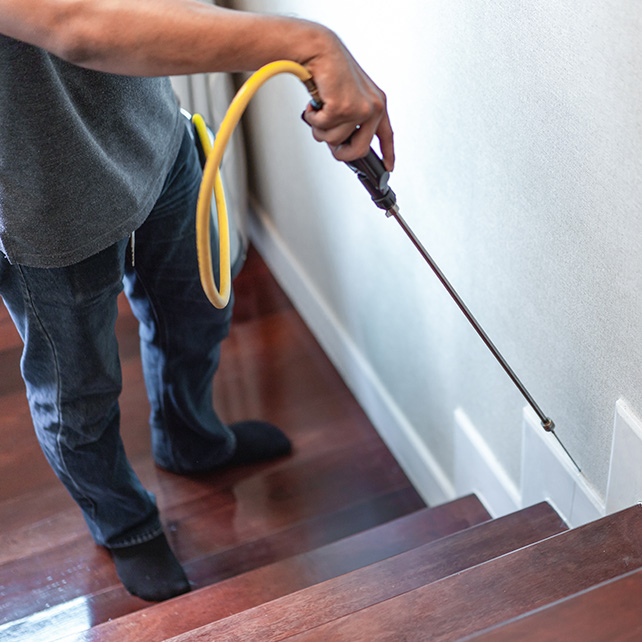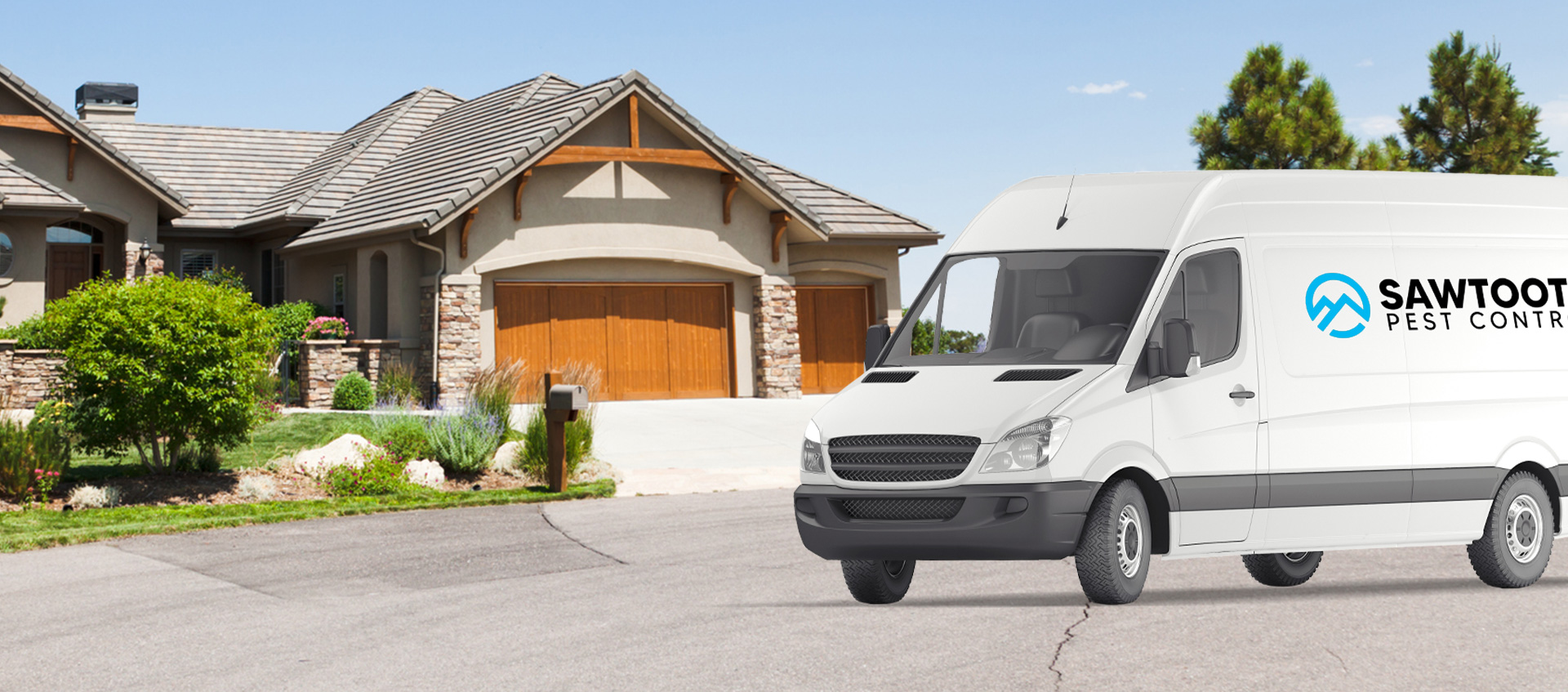
What are stinging insects?
Stinging insects use a stinger found at the end of their abdomen to inject venom. When hunting, predatory species use their stingers to paralyze their prey, and all stinging insects use their stinger to defend themselves against threats.
Stinging insects can be solitary and live and nest alone, or they can be social and live and nest in large groups.
Some of the most common stinging insects in our area of Idaho include:
- Hornets
- Mud daubers
- Yellowjackets
- Wasps
Are stinging insects dangerous?
For people severely allergic to stinging insects, their presence in your yard is a huge concern. Being stung by one or more stinging insects can lead to a serious or even life-threatening allergic reaction.
Even if you are not severely allergic to stinging insects, having their nest in a high-traffic area of your Meridian home is never ideal. As you and your family try to move around your yard, you will be in regular contact with these stinging pests. The more contact you have, the more likely a painful sting will occur.

Why Choose Sawtooth Pest Control?
Let Us Solve Your Pest Problems
-
Quick Response TimesWe offer same-day and emergency services.
-
Experienced ProfessionalsWe have two decades of combined experience solving pest problems.
-
Insured for Your Peace of MindEntrust your pest control needs to licensed, insured professionals.
-
100% Satisfaction GuaranteeWe never leave you unhappy! We guarantee it.
Why do I have a stinging insect problem?
Depending on the species, Stinging insects feed on sweets, proteins, or a combination of both. Our yards often provide these common Meridian pests with abundant food sources, and if they decide to make their presence permanent, many places of shelter to build a nest.
Examples of things found out in most of our yards that provide stinging insects with a food source include:
- Flowerbeds
- Fruit trees or berry bushes
- Outdoor eating areas with leftover food and sugary drinks
- Trash cans and recycling bins
- Pet food



Happy Customers in Your Neighborhood
Hear From Our Happy Customers
-
“The job they did got rid of my gopher problem--which was significant and arose quickly.”- Lynda R.
-
“Got an appointment for the next day.”- Ryan McGuinness
-
“They also are very knowledgeable and great prices.”- Linda F.
Recent Blog Articles
Want all the latest news or updates? Browse through our blog to read our most recent posts and featured articles.


